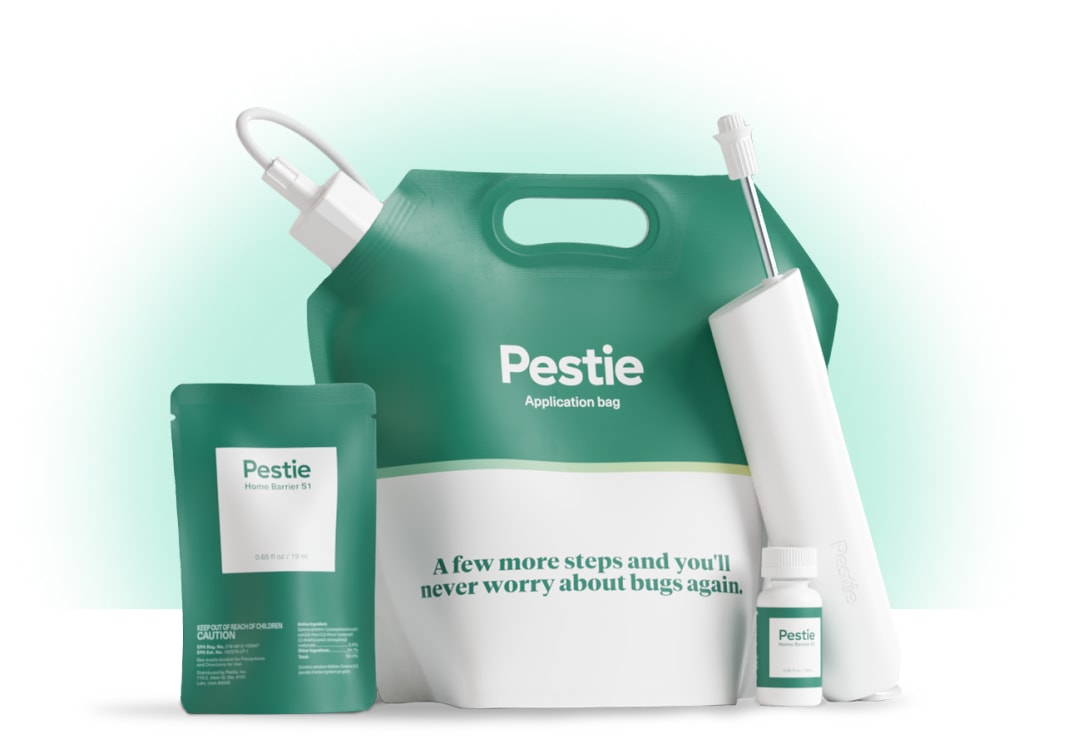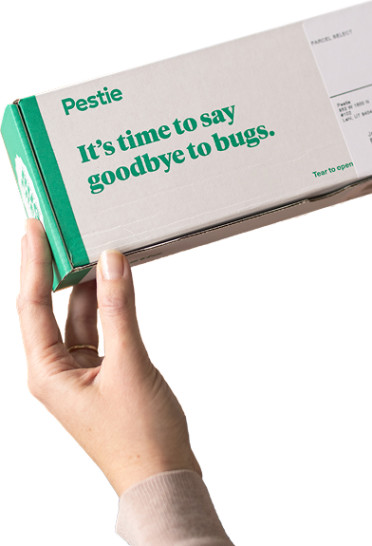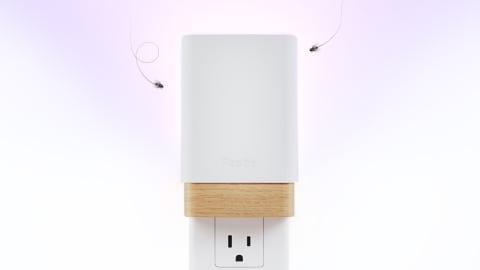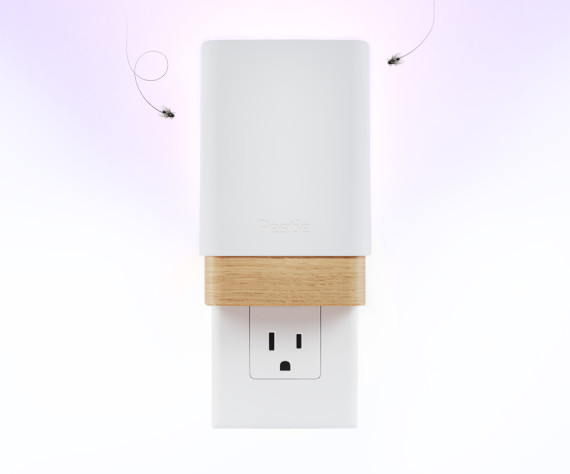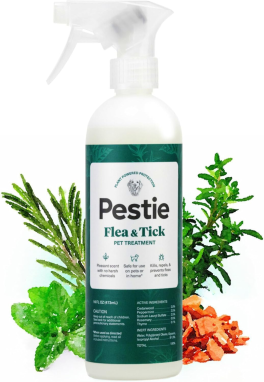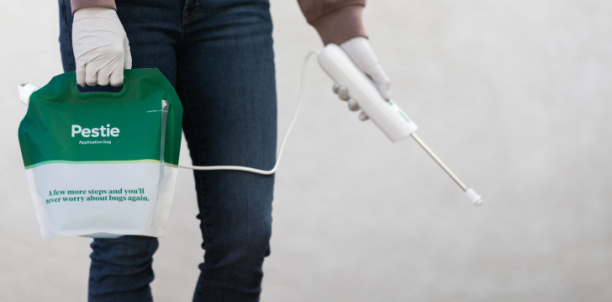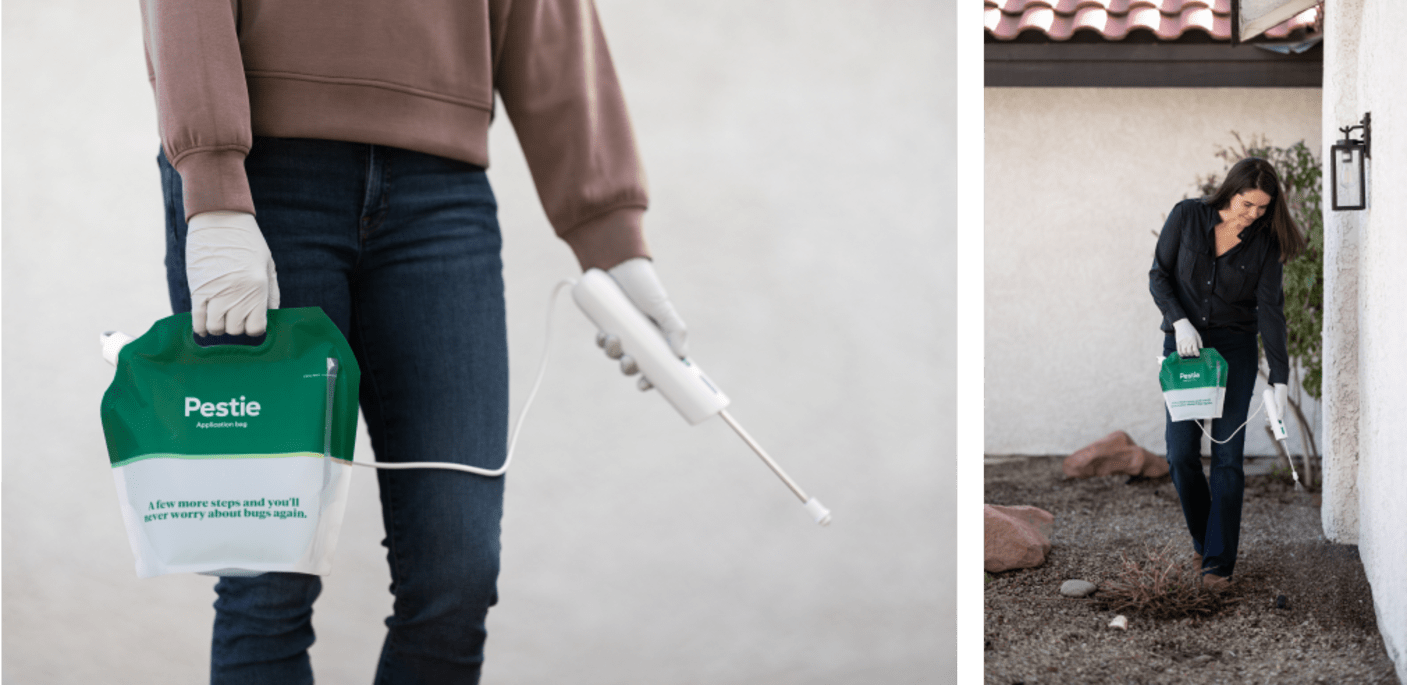How to identify and get rid of pine needle scale
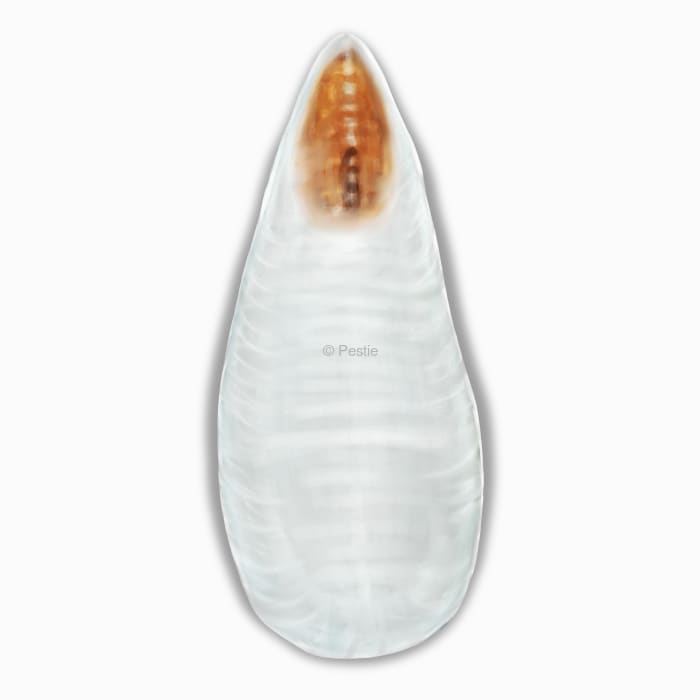
Breaking the scale: controlling pine needle scale
Have you noticed that the pine trees in your yard have begun to look worse than before? Their normally vibrant green needles might appear dusted with tiny, white flakes.
Upon closer inspection, these white spots aren’t due to poor watering or care but are actually pine needle scales. Pine needle scale is a pesky insect that can cause significant damage to conifers.
Homeowners might first notice the problem during the active growth seasons of spring and summer when these scales suck the sap from the needles, causing them to yellow and drop prematurely. If not managed, an infestation can weaken trees, making them more susceptible to other diseases or environmental stresses, potentially leading to the death of branches or entire trees.
The pine needle scale, part of the Coccoidea superfamily, is a small, hard-shelled insect that attaches itself to the needles of conifers such as pines, firs, and spruces. These insects are covered with a waxy, white coating, making them look like specks of paint.
They have a simple life cycle that includes eggs, nymphs (called crawlers), and adults. The females lay eggs underneath their protective shell, and when the eggs hatch in late spring to early summer, the crawlers emerge to find new spots to feed and develop. These crawlers are the only mobile stage of the insect’s life. Once they attach to a feeding spot, they stop crawling and stay there forever or until they die.
Managing these pests early in their life cycle is crucial to preventing significant damage and ensuring the health of your valuable conifers.
How to identify pine needle scale
Pine needle scale insects are small, with a distinctive white or light gray color that makes them look like tiny drops of paint on pine needles.
Their bodies are oval and covered with a hard, waxy shell that protects them. While they are stationary on the plant, they suck plant juices and produce honeydew. Often, the honeydew will spill on the needles and create sooty mold.
A heavy infestation can make the pine needles look as if they are covered in a light frost, and the scales can be found on both sides of the needles. Symptoms of an infestation include yellowing needles, premature needle drop, and in severe cases, branch and tree death as the scales suck nutrients from the needles.
How big are pine needle scales?
Pine needle scales are typically about 1/8 inch long.
What other pest looks like pine needle scales?
Pine needle scale can be confused with mealybugs or other types of scale insects that infest plants, but the pine needle scale’s preference for conifers and its distinctive white color usually set it apart.
Where do pine needle scale live?
Pine needle scale can be found throughout the United States, particularly in areas where their host trees are common. Look for them on the needles of pines, spruces, and conifers.
How to get rid of pine needle scales
Pine needle scales can be really tricky to get rid of, especially if a tree is infested with them. Some of the best ways to get rid of them include:
- Prune: Remove heavily infested branches to reduce scale populations
- Natural predators: Encourage beneficial insects such as ladybugs and lacewing larvae, which feed on the scales
- **Minimize tree stress:**Make sure to properly water trees to reduce any extra stress
Treat pine needle scales with Pestie
If you're still having trouble keeping pine needle scales away, the best option is to use a pro-grade, effective pest control solution like Pestie.
Pestie is a do-it-yourself pest control solution that's specially designed to keep pine needle scales and other pests away from your home.
With Pestie, you can rest easy knowing that your living space is protected and free of creepy crawlies. And the best part? It's designed for people, pets, and the planet, so you can say goodbye to harsh chemicals and hello to peace of mind!
- Save hundreds compared to traditional annual pest plans
- People, pet, and planet-friendly
- Pro-grade customized formulas
Quick facts
- Scientific name
Chionaspis Pinifoliae
